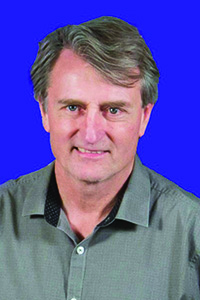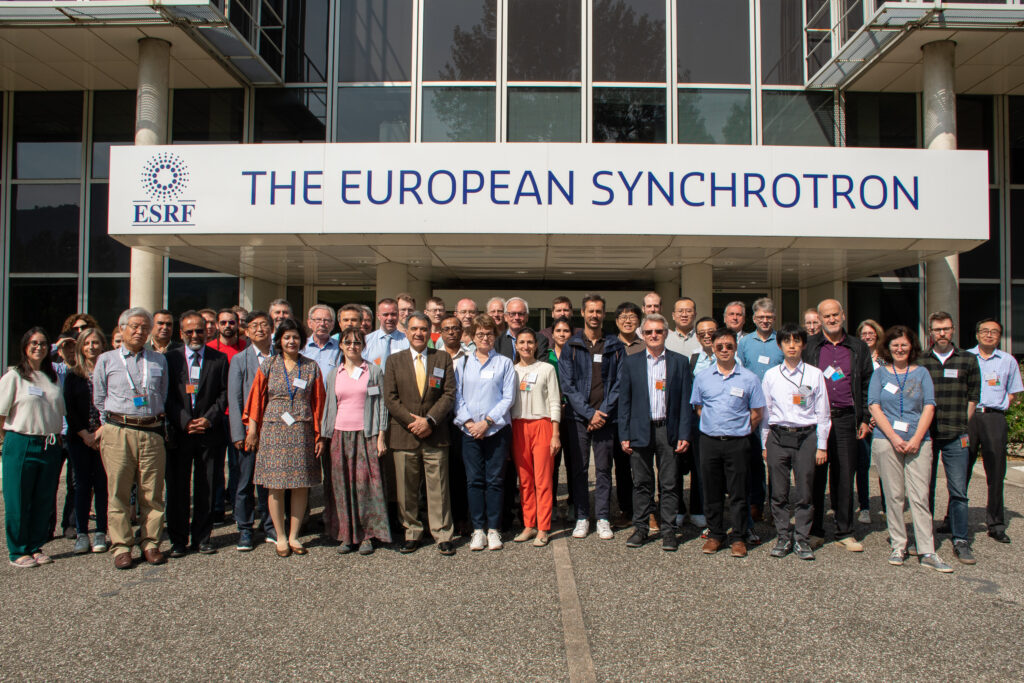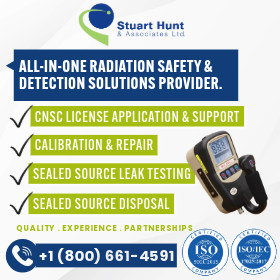Deputy Editor’s Message, September 2023
 Another successful CRPA conference is in the books! Unfortunately, I wasn’t able to attend this year; however, two of my staff did make the trip to Halifax. They were both impressed with the talks, the hospitality, and the opportunity to network with radiation protection (RP) professionals from across the country. Kudos to the organizing committee for a job well done!
Another successful CRPA conference is in the books! Unfortunately, I wasn’t able to attend this year; however, two of my staff did make the trip to Halifax. They were both impressed with the talks, the hospitality, and the opportunity to network with radiation protection (RP) professionals from across the country. Kudos to the organizing committee for a job well done!
My absence from CRPA 2023 was because I was attending another conference—RadSynch23. For those of you who don’t know (which I expect is pretty much all of you!), RadSynch is a conference held every couple of years for radiation safety personnel from synchrotron facilities around the world. “What kind of facilities?” you ask.
A synchrotron is a facility that uses the “light” created by changing the direction of a charged particle to study the structural and chemical properties of materials at the molecular level. Most, but not all, synchrotrons use an electron beam. If you circulate the beam in a ring (typically a 4-inch tube under high vacuum, usually a few hundred metres in circumference), you get a tangential beam of light at every bend. While the ring looks circular, it is actually a series of straight sections connected by sections of magnets that bend the path of the electrons and focus the electron beam. The straight sections may include “wiggler” and “undulator” magnet arrays that significantly increase the amount of light. That light beam can be used to probe material.
Detecting the photons after they pass through a sample allows for the analysis of structure, content, or even image. The bright light (1X1020photons/sec/mm2) allows high-resolution techniques, typically on very small samples (but much larger samples are probed on some beamlines) that can be used for any science requiring light as an analytical tool. There are about 70 synchrotrons in the world, with about 40 that are similar to the Canadian Light Source (where I work).
So, the RadSynch conference is an opportunity for synchrotron RP folks to get together and discuss upgrades, share successes and opportunities for improvement, and look to the future to see where science will take the next generation of facilities.

Participants at RadSynch23 standing in front of the European Synchrotron Radiation Facility (ESRF). Can you spot Grant in the front row? (Photo by Marine Duding)
What I find most interesting about the conference is that every synchrotron facility is unique. The beam energy, the ring circumference, the number and type of beamlines, the regulatory framework, the resources available, and the culture all play a part in the design and safe operation. The research and experiences shared at the conference provide takeaways that, with a little adaptation, can be used to improve other synchrotron facilities. When you couple this with meeting and renewing contact with colleagues, attendance at the conference is invaluable if you’re into RP at synchrotron facilities!
Specialization in RP is one of the many things that makes the RP field so interesting. It seems no two facilities are exactly the same. Detailed designs, including modelling for radiation hazards, are integral to any facility producing ionizing radiation. Once operational, human factors and work management become increasingly important in keeping radiation exposures as low as reasonably achievable (ALARA) and maintaining a high safety standard.
The integration of safe design and operation in a dynamic work or research environment can be challenging. Conferences are a way to share successes and to learn from the experiences of other RP professionals.
I am already looking forward CRPA2024 in Edmonton.
Do you want to read more articles like this?
The Bulletin is published by the Canadian Radiation Protection Association (CRPA). It’s a must-read publication for radiation protection professionals in Canada. The editorial content delivers the insights, information, advice, and valuable solutions that radiation protection professionals need to stay at the forefront of their profession.
Sign up today and we’ll send you an email each time a new edition goes live. In between issues, check back often for updates and new articles.
Don’t miss an issue. Subscribe now!
Subscribe



